Future Proof Your Routine: The Top 10 2026 Skincare Ingredient Trends to Watch
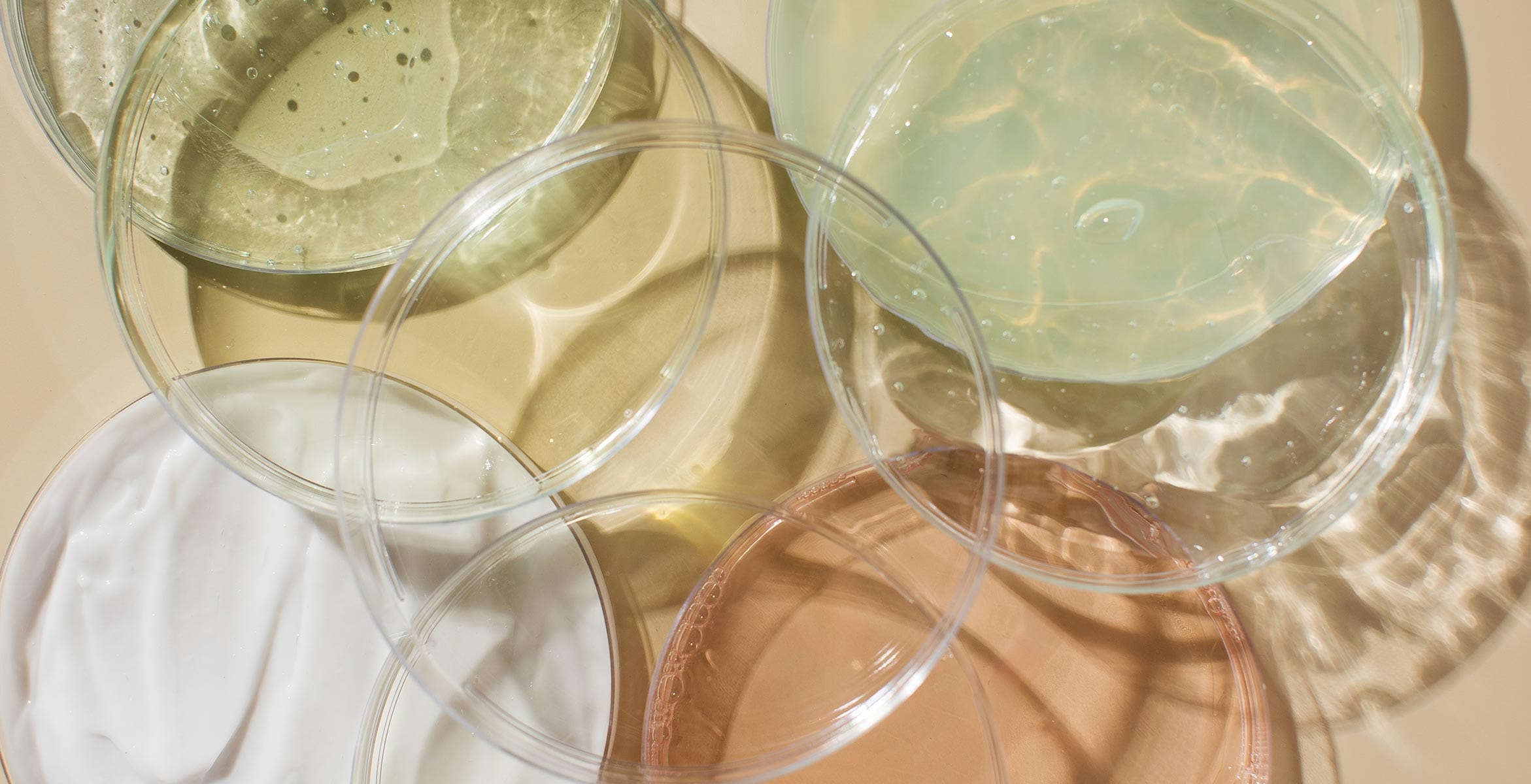
The beauty landscape moves fast, but the 2026 skincare ingredient trends already reveal a clear shift: formulas are becoming smarter, more sustainable, and far more attuned to the skin–mind connection. Gone are the days of single-focus ingredients; the future demands bio-compatible, multi-functional actives that work with your skin, not against it.
In this comprehensive guide, we’ll peel back the layers on the most innovative compounds transforming the industry. If you’re serious about next-generation results, understanding these 2026 skincare ingredient trends is essential. These aren’t just new names; they represent shifts in sourcing, formulation science, and our collective understanding of skin health. We predict these high-performing, sustainable, and emotionally intelligent molecules will dominate the market, featuring prominently in the most sought-after products of the year.
1. The Ethical Revolution: Vegan Pigments and True Transparency
The consumer demand for ethical beauty has never been stronger, driving a seismic shift from animal-derived or environmentally questionable colourants to sophisticated, high-performance vegan alternatives.
Focus Ingredient: Vegan Pigments (Natural Mica Technology)
Forget the debate around microplastics and non-sustainable mineral sourcing. The new wave of vegan pigments utilises advanced natural mica technology, engineered to outperform older synthetic and borosilicate versions. These are not merely replacements; they are technological upgrades.
- The Innovation: They deliver superior colour intensity, light-reflectance, and a smoother texture. Crucially, they come with fully sustainable tracking and tracing, ensuring responsible sourcing from origin to final formulation.
- The Result: A clear conscience combined with a premium finish.
For us, these ingredients are already part of our story. You’ll find these vegan pigments in our Tint & Glow Collection, where they provide soft-focus radiance and mineral-based colour without compromise.
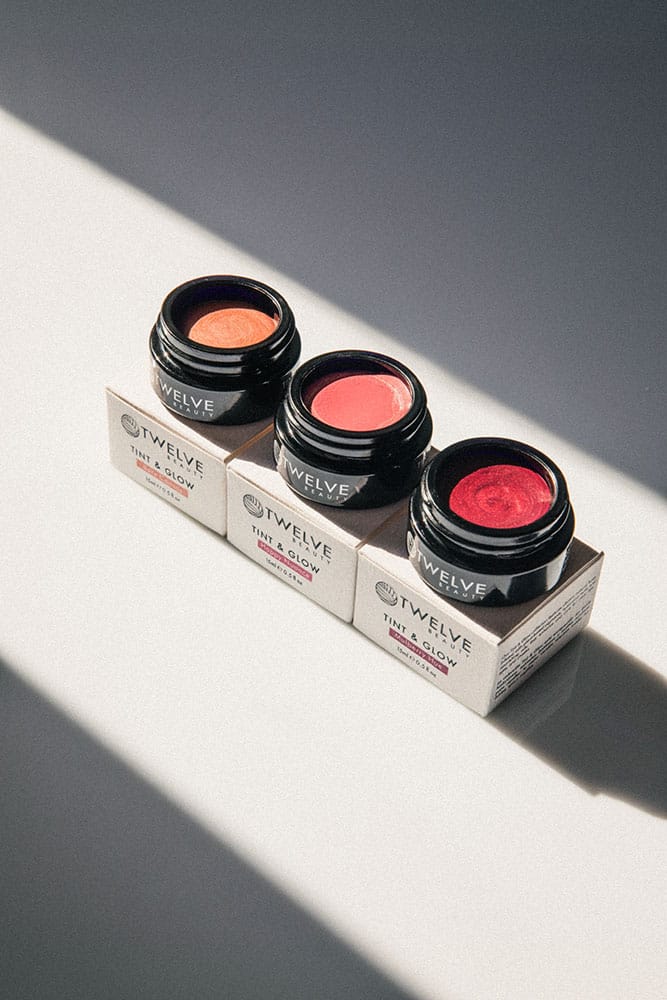
2. Hydration 2.0: Moving Beyond Single-Molecule Hyaluronic Acid
Hyaluronic Acid (HA) is a skincare cornerstone, but the next evolution tackles hydration from every layer of the skin. A single molecular weight is no longer enough to meet sophisticated consumer demands.
Focus Ingredient: Hyaluronic Multi-Complexes
The future is in these multi-complexes, scientifically developed blends featuring various molecular weights of hyaluronic acid, its salts (such as Sodium Hyaluronate), and innovative derivatives.
- The Innovation: By combining different sizes, the complex can target multiple layers:
- High Molecular Weight: Creates a protective, hydrating veil on the surface to instantly reduce water loss (TEWL).
- Low Molecular Weight: Penetrates deeper to improve underlying skin hydration and plumpness.
- The Result: A dramatic improvement in skin hydration, better maintenance of skin elasticity, and a stronger shield against outside environmental stress. This complex is a non-negotiable component of the future of moisture retention, making it a key element in the 2026 skincare ingredient trends.
3. The Next Generation of Anti-Ageing: Sophisticated Peptide Blends
Peptides remain a vital part of the anti-ageing conversation, but the market is moving past basic tri-peptides to highly sophisticated, multi-functional blends.
Focus Ingredient: Next-Generation Peptide Complex
These peptide complexes are smart, multi-functional blends engineered to specifically enhance skin anti-ageing, deeply moisturise, and focus on repair.
- The Innovation: These peptides act as biological messengers, precisely signalling skin cells to perform tasks like collagen production or enzyme inhibition. They are designed for high stability and optimal penetration.
- The Result: Enhanced firmness, reduced appearance of fine lines, and improved structural integrity of the dermal matrix, placing this compound firmly on the list of must-have 2026 skincare ingredient trends.
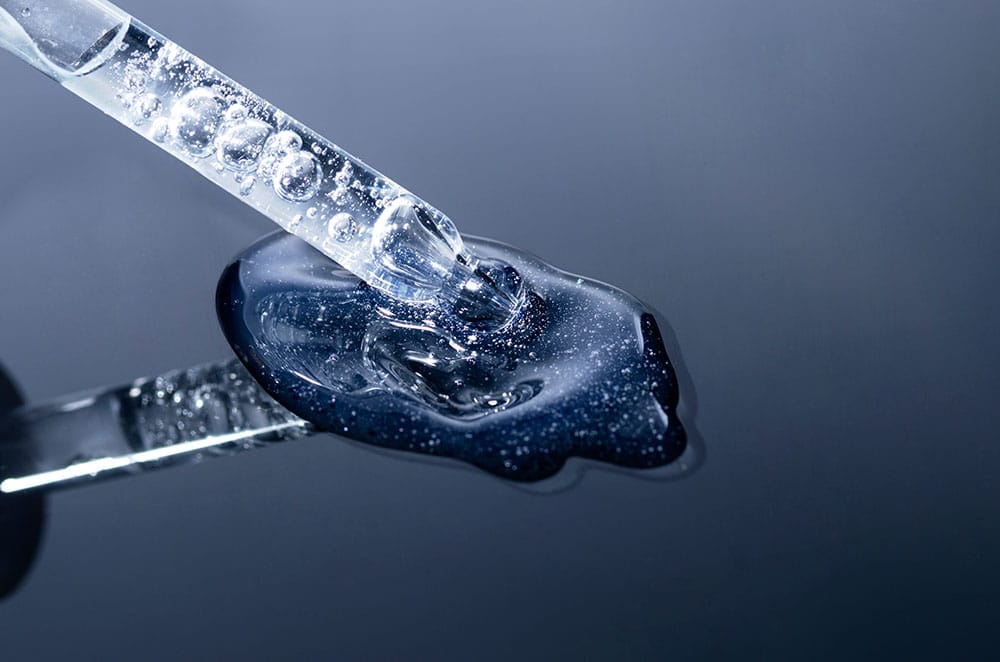
4. Sustainable Sensorials: The Silicone Substitutes
With the EU’s recent restrictions on D5 silicones, brands must look to performance-driven alternatives that deliver slip, sensory refinement, and fast absorption, without environmental persistence.
One standout alternative is Dicaprylyl Ether. Lightweight yet nourishing, it offers excellent spreadability while supporting a biodegradable profile.
You’ll already find this high-performing emollient in:
- Glow Island Body Radiance – where it boosts glide and luminosity
- Reverent Antioxidant Dry Body Oil – supporting a soft, satin finish
As more silicone bans emerge globally, actives like these will become essential to responsible formulation.
5. The Mind-Skin Connection: Emotional Wellbeing in a Jar
As the lines between wellness and beauty blur, the next frontier in active ingredients addresses the link between the nervous system and skin health, a field known as psychodermatology.
Focus Ingredient: Neurocosmetics
Neurocosmetics utilise active molecules designed to interact with the neuro-receptors in the skin. These compounds aim to mitigate the visible effects of stress (like inflammation, redness, and barrier disruption) and, in doing so, positively influence mood and perception.
This growing field underscores an important truth: emotional state and skin health are inseparable. Expect to see neurocosmetics become a core part of modern formulation frameworks, particularly for sensitive and reactive skin types.
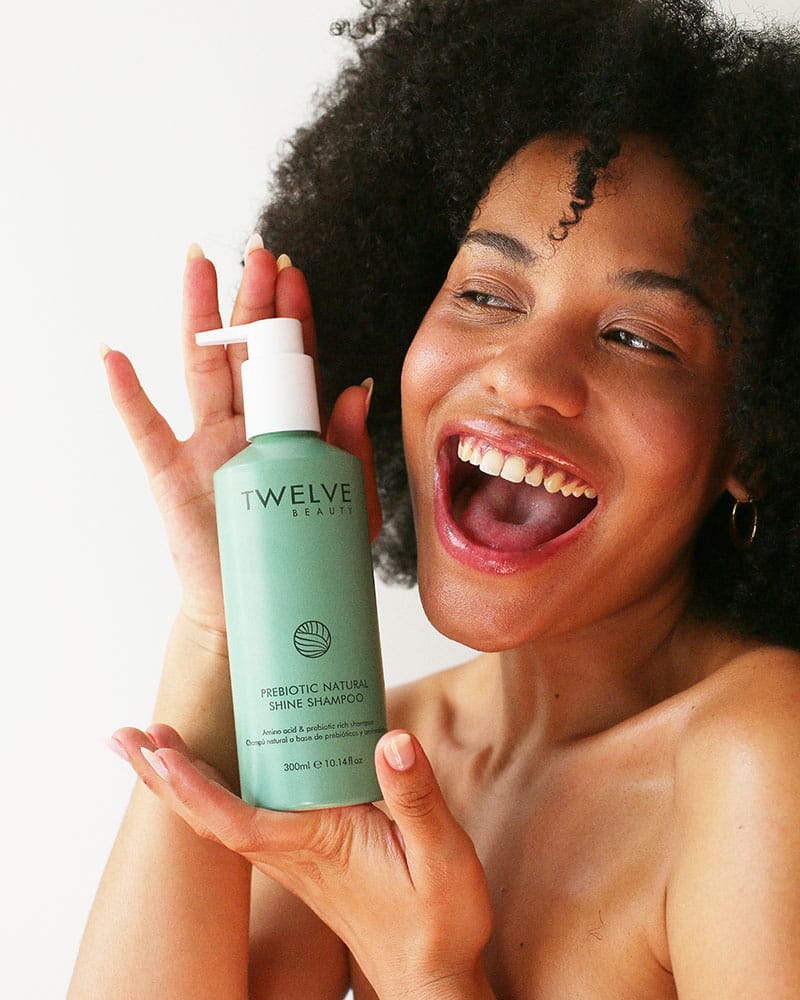
6. Beta Glucans: Barrier Biology Done Better
Beta-glucans are not new, but 2026 places them firmly back in the spotlight. Highly soothing and deeply hydrating, they help reinforce the barrier by supporting natural repair pathways.
Their relevance to barrier science and microbiome stability makes them one of the most reliable 2026 skincare ingredient trends, especially as consumer interest in scalp skin health grows.
We already use beta-glucans in our Prebiotic Natural Shine Shampoo, where they:
- Soothe scalp irritation
- Support balanced hydration
- Encourage a smoother, healthier hair fibre
Beta-glucans bridge the gap between care and repair, precisely what modern routines require.
7. Longevity Science: Tackling Cell Senescence
Anti-ageing is evolving into “longevity” or “health-span” science, focusing not just on masking damage but on maintaining the vitality and youthful function of skin cells.
Focus Ingredient: Senolytic Actives
A major target in longevity science is cell senescence, the state where old or damaged cells stop dividing but refuse to die, turning into ‘zombie cells’ that secrete inflammatory compounds and damage surrounding healthy tissue. This is countered by the use of senolytic actives that selectively target and eliminate these harmful senescent cells.
- The Innovation: These new molecules, often bio-engineered plant extracts, are designed to clear out the toxic ‘zombie cells,’ making room for healthy cell turnover.
- The Result: Reduced chronic inflammation, visible improvements in firmness, elasticity, and radiance, effectively rejuvenating the skin’s functional youth. This advanced concept is setting the bar for 2026 skincare ingredient trends.
While early in their commercial rollout, these ingredients may transform how we address long-term skin vitality.
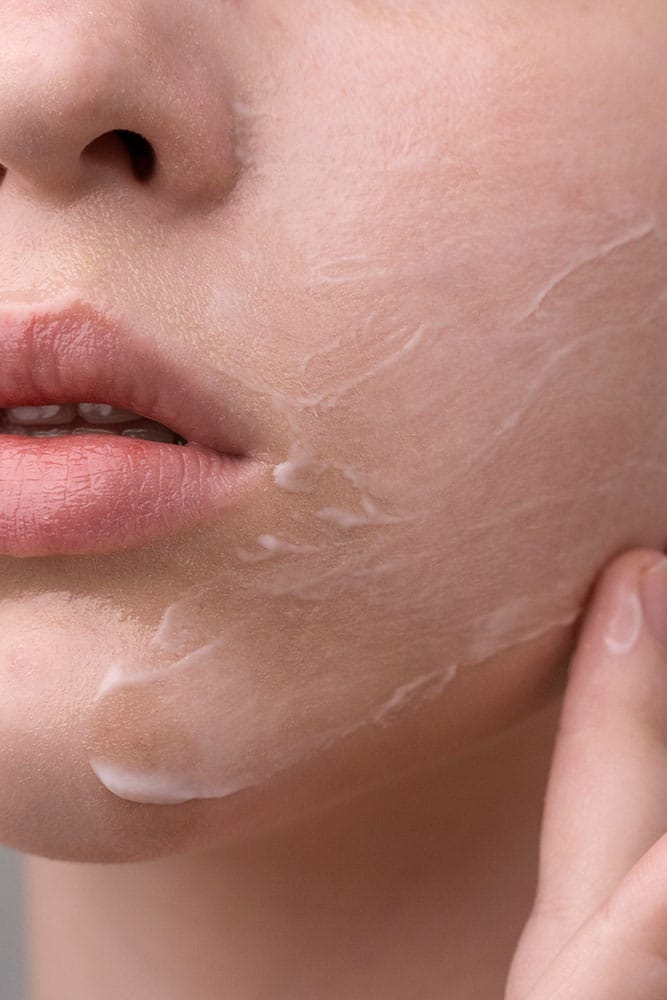
8. Filaggrin: A Classic Mechanism, Reimagined
Filaggrin itself isn’t a cosmetic ingredient, but it plays a crucial biological role in maintaining a healthy skin barrier. It supports the formation of the Natural Moisturising Factor (NMF), essential for hydration, resilience and comfort, especially in sensitive or atopic skin.
In 2026, the skincare ingredient trends are turning their attention to actives that stimulate filaggrin production. These ingredients work by encouraging the skin to restore its own natural defences from within, a move towards truly functional skincare. Maintaining optimal filaggrin levels helps to:
• Enhance skin hydration
• Strengthen the barrier against external aggressors
• Reduce signs of sensitivity
• Promote long-term epidermal balance
This renewed focus reflects a broader industry shift: from surface-level solutions to supporting the skin’s inherent biological processes, a perfect example of evidence-led innovation driving the 2026 skincare ingredient trends.
9. A Regenerative Powerhouse Reimagined: Vegan PDRN
PDRN, traditionally derived from salmon sperm, has long been valued for its remarkable regenerative properties. This is the classic example of an ingredient that has spent decades in the market, fell out of favour, and is now making a major comeback, reinterpreted through the lens of modern biotechnology.
As the industry embraces fully vegan systems, scientists have developed plant- or microbe-derived PDRN analogues that deliver comparable benefits without compromising ethics or sustainability.
These vegan PDRN innovations perfectly embody the 2026 skincare ingredient trends, thanks to their:
• Reduced environmental impact
• High clinical potential
• Ability to improve texture, elasticity and repair
This revival underscores a broader movement towards biotech-driven solutions that honour both efficacy and ethics, proof that science and sustainability can coexist beautifully in the next generation of regenerative skincare.

10. Synergistic Blends: The Future of Formulation Science
The final trend isn’t a single molecule, but the way we combine them. The most powerful products in 2026 will not rely on one hero ingredient but on synergistic blends, where actives are scientifically formulated to boost one another’s performance.
This approach focuses on creating an ideal pH, delivery system, and companion ingredients that ensure maximum efficacy. For example, combining the barrier-strengthening beta-glucans with the deep-reaching hydration of a hyaluronic multi-complex creates a full-spectrum moisturising and protective treatment far superior to a single active on its own.
What the 2026 Ingredient Landscape Means for Skincare Formulation
Across all these innovations, vegan pigments, multi-complex hydrators, silicone alternatives, psychodermatological actives, the pattern is clear. 2026 skincare ingredient trends are defined by refinement rather than reinvention. The focus is on:
- Transparency and traceability
- Biomimetic and biotech-driven performance
- Skin–mind synergy
- Environmental responsibility
- Long-term barrier health
For Twelve Beauty, these trends simply reinforce what we have practised since the beginning: formulations rooted in science, designed to protect and strengthen the skin while honouring both the planet and the individual wearing them.
If the industry continues on this trajectory, 2026 may be the year that clean, conscious formulation finally becomes the standard, not the exception.






